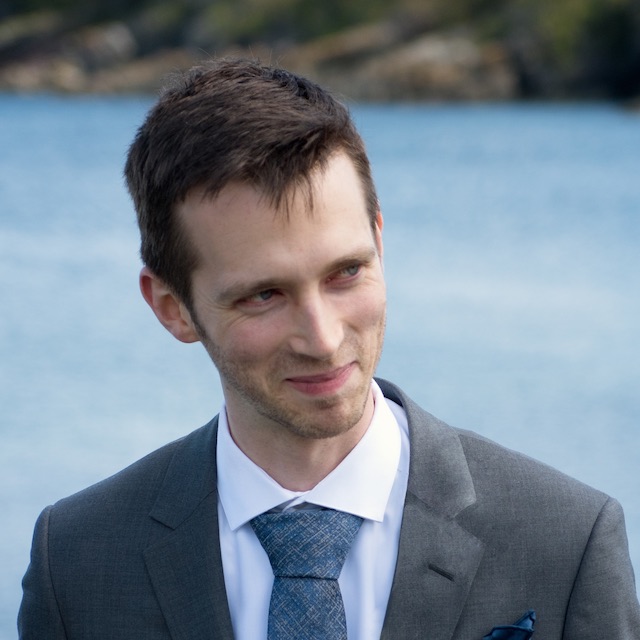That’s why, starting on January 14th, we’ll be publishing Better Worlds: 10 original fiction stories, five animated adaptations, and five audio adaptations by a diverse roster of science fiction authors who take a more optimistic view of what lies ahead in ways both large and small, fantastical and everyday
That’s why, starting on January 14th, we’ll be publishing Better Worlds: 10 original fiction stories, five animated adaptations, and five audio adaptations by a diverse roster of science fiction authors who take a more optimistic view of what lies ahead in ways both large and small, fantastical and everyday.
Growing up, I was surrounded by optimistic science fiction — not only the idealism of television shows like Star Trek, but also the pulpy, thrilling adventures of golden age science fiction comics. They imagined worlds where the lot of humanity had been improved by our innovations, both technological and social. Stories like these are more than just fantasy and fabulism; they are articulations of hope. We need only look at how many tech leaders were inspired to pursue careers in technology because of Star Trek to see the tangible effect of inspirational fiction. (Conversely, Snow Crash author Neal Stephenson once linked the increasing scarcity of optimistic science fiction to “innovation starvation.”)
Better Worlds is partly inspired by Stephenson’s fiction anthology Hieroglyph: Stories and Visions for a Better Future as well as Octavia’s Brood: Science Fiction Stories from Social Justice Movements, a 2015 “visionary fiction” anthology that is written by a diverse array of social activists and edited by Walidah Imarisha and adrienne maree brown. Their premise was simple: whenever we imagine a more equitable, sustainable, or humane world, we are producing speculative fiction, and this creates a “vital space” that is essential to forward progress. — https://www.theverge.com/2018/12/5/18055980/better-worlds-science-fiction-short-stories-video
Growing up, I was surrounded by optimistic science fiction — not only the idealism of television shows like Star Trek, but also the pulpy, thrilling adventures of golden age science fiction comics. They imagined worlds where the lot of humanity had been improved by our innovations, both technological and social. Stories like these are more than just fantasy and fabulism; they are articulations of hope. We need only look at how many tech leaders were inspired to pursue careers in technology because of Star Trek to see the tangible effect of inspirational fiction. (Conversely, Snow Crash author Neal Stephenson once linked the increasing scarcity of optimistic science fiction to “innovation starvation.”)
Better Worlds is partly inspired by Stephenson’s fiction anthology Hieroglyph: Stories and Visions for a Better Future as well as Octavia’s Brood: Science Fiction Stories from Social Justice Movements, a 2015 “visionary fiction” anthology that is written by a diverse array of social activists and edited by Walidah Imarisha and adrienne maree brown. Their premise was simple: whenever we imagine a more equitable, sustainable, or humane world, we are producing speculative fiction, and this creates a “vital space” that is essential to forward progress. — https://www.theverge.com/2018/12/5/18055980/better-worlds-science-fiction-short-stories-video

